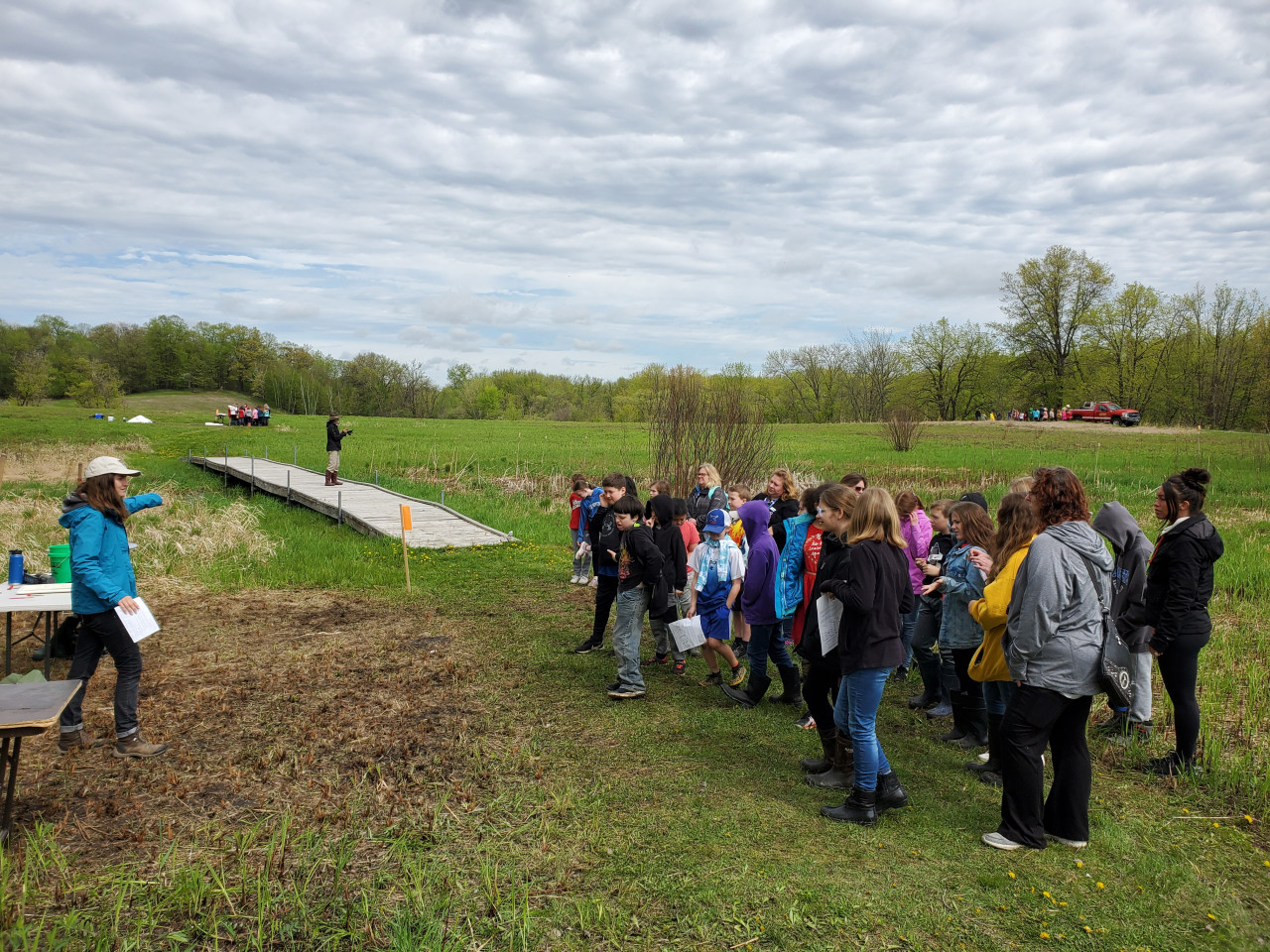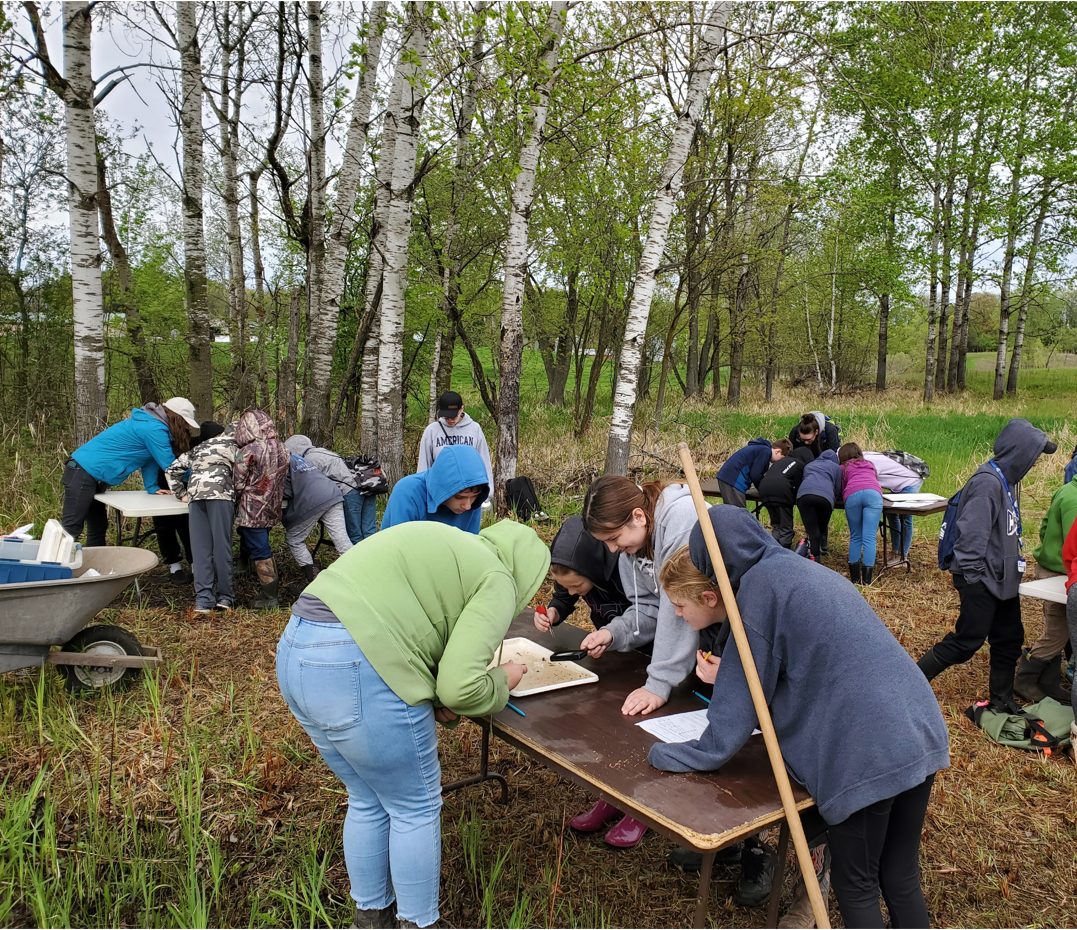When residents begin to get their homes ready for the upcoming winter season, they may find household materials that may pose a hazardous risk to the environment and public safety. The fall is a great time to get rid of these unwanted item in a safe and easy way. Unusable or unwanted chemicals are considered household hazardous waste when their disposal poses an environmental or health threat. When disposed of in the garbage, down the drain or on the ground, some household chemicals can threaten our environment, harm garbage collectors or hurt you.
Most household hazardous wastes are hazardous because they are flammable, corrosive or toxic. Characteristic words indicate the type of hazard posed by a product - flammable, corrosive or toxic. Look for the signal words on the label. Signal words - caution, warning, danger, poison - indicate the product's degree of hazard. To help protect the environment and your health, choose the least hazardous product to get the job done. For more information contact Kris Larson, Water Resource Specialist, at


